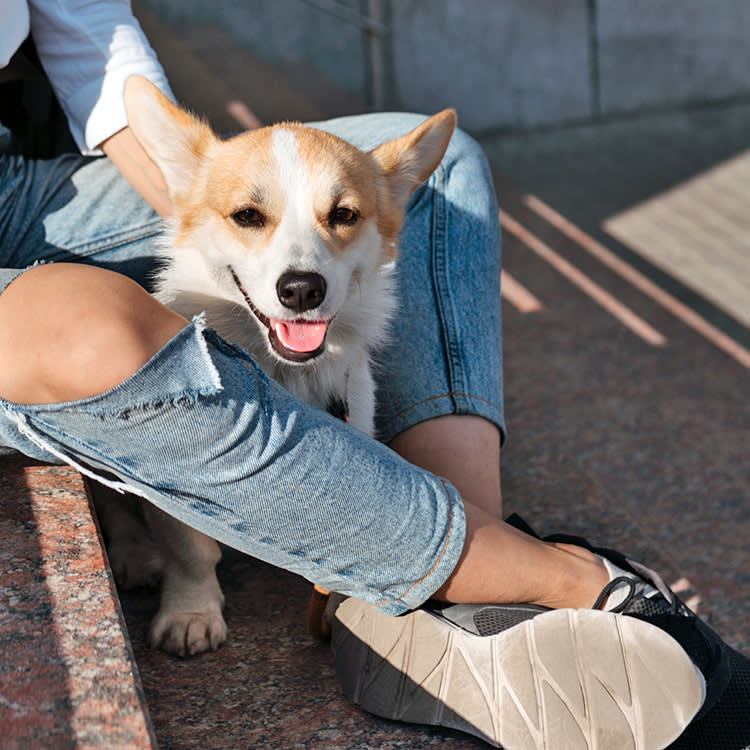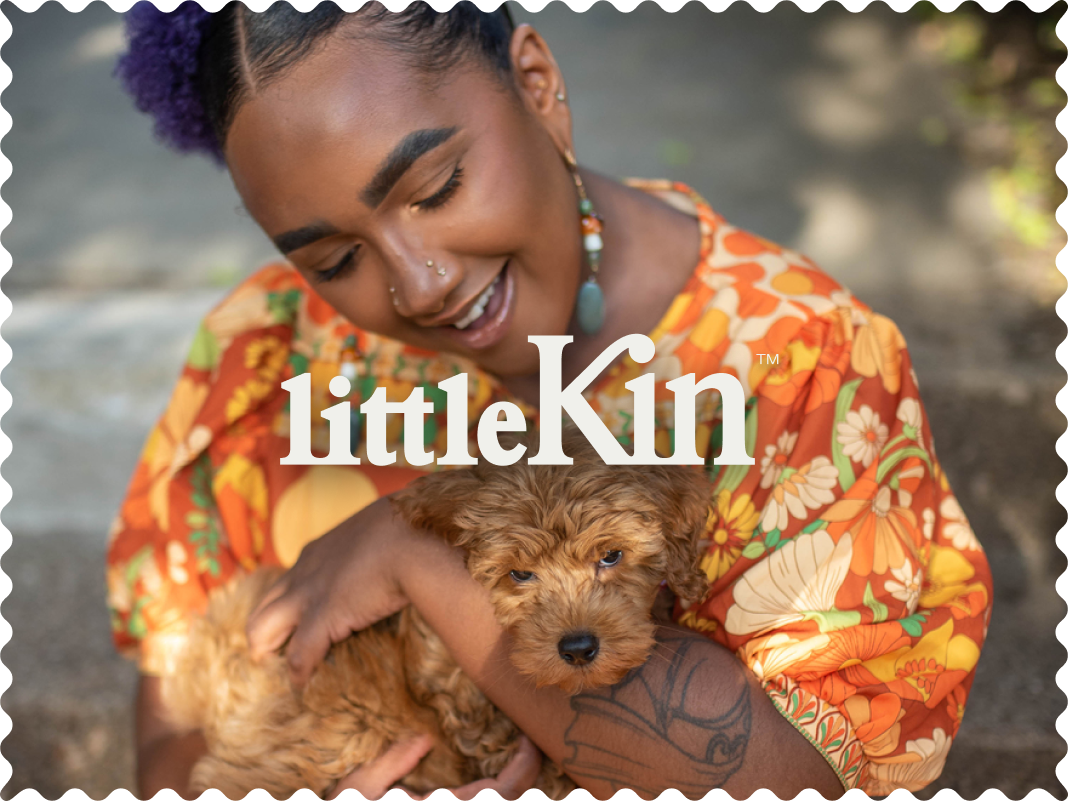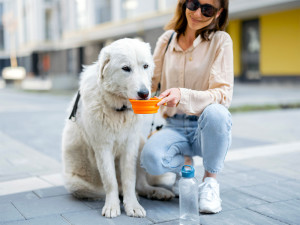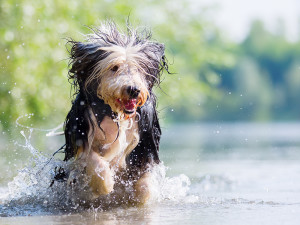8 Warning Signs of Dehydration in Dogs
It can range from fixable to super-serious. Here’s what you need to know.
In This Article:
Stages of Dehydration in Dogs Why Dehydration Is So Serious 8 Common Signs of Dehydration in Dogs Causes of Dehydration in Dogs and Puppies What to Do if Your Dog Is Dehydrated How to Check Your Dog for Dehydration When to Seek Vet Help Treatment for Dehydration in Dogs
We often say we’re dehydrated, especially on a hot day or after too much exercise. Fortunately, we drink water, and then we’re fine. Dogs can also get slightly dehydrated. If there’s a bowl of water, they will drink what they need to, and all is well.
However, dehydration can become a serious condition if, for some reason, we or our dogs don’t drink enough. Dehydration can range from mild to severe, and if left untreated, can even become life-threatening. Understanding this and identifying the symptoms is essential for a pet parent.
Mild vs. moderate vs. severe dehydration in dogs
What causes dehydration? It occurs when your dog’s body loses more fluid than it takes in. Dehydration can be mild, moderate, or severe. The chart below shows the symptoms and treatment for each of those levels of dehydration for your pup.








